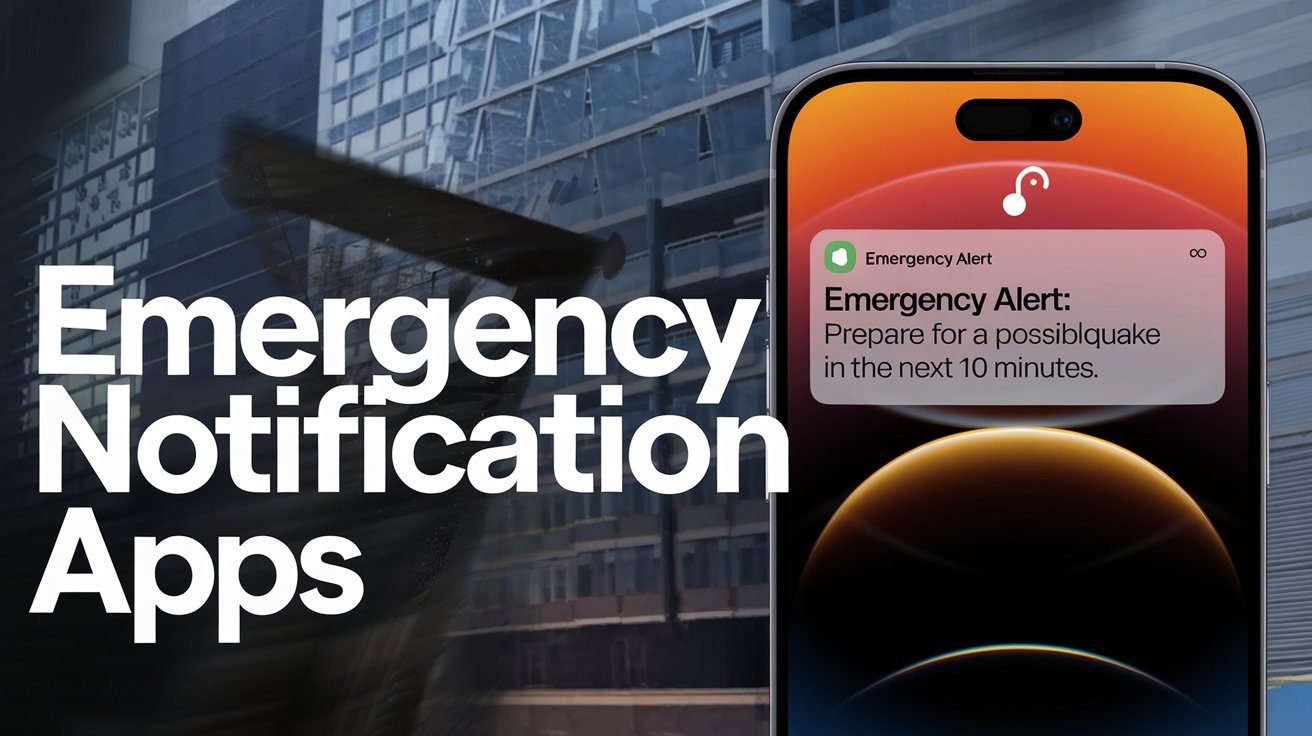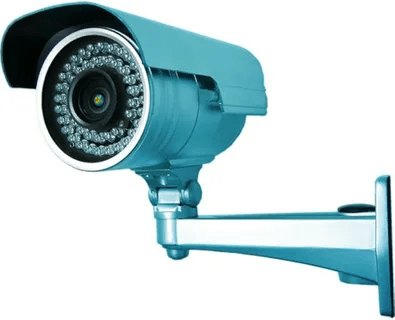In an era where timely communication can save lives, emergency notification apps have become indispensable tools for organizations, schools, and communities. These apps serve as critical lifelines during emergencies, ensuring that vital information reaches the right people at the right time. However, not all emergency notification apps are created equal. To truly make an impact, these apps must possess certain essential features that enhance their effectiveness and usability.
An emergency notification app should be designed to deliver real-time alerts, ensure user-friendly interfaces, and support multi-channel communication. These elements are crucial for ensuring that vital messages are received and acted upon without delay, making the app a reliable tool during critical situations.
Below, we explore five must-have features that define high-impact emergency notification apps, backed by technical insights and industry best practices.
1. Real-Time Alerts and Notifications
One of the core functions of an emergency notification app is its ability to deliver real-time alerts. During emergencies such as natural disasters, security threats, or public health crises, even a few seconds can make a significant difference. To achieve this, apps must utilize robust push notification systems and SMS gateways that can handle high traffic without delays.
Technical Insights:
- Push Notifications: Implementing services like Firebase Cloud Messaging (FCM) or Apple Push Notification Service (APNs) ensures fast and reliable delivery of notifications.
- SMS Backup: While push notifications are efficient, SMS serves as a critical backup for users who may not have internet access during emergencies.
- Geo-Targeting: Advanced apps leverage geofencing technology to send alerts based on a user’s location, ensuring localized and relevant notifications.
Example: The Federal Emergency Management Agency (FEMA) integrates Wireless Emergency Alerts (WEA) to send geo-targeted notifications across the U.S., ensuring timely dissemination of critical information.
2. Multi-Channel Communication
Relying on a single communication channel during emergencies can be a significant limitation. Effective emergency notification apps integrate multi-channel communication to ensure redundancy and maximize reach.
Key Channels:
- Email: Ideal for detailed updates and follow-ups.
- Voice Calls: Useful for urgent, personalized messages.
- Social Media Integration: Enables broad dissemination of alerts on platforms like Twitter and Facebook.
Technical Insights: Developers can use APIs like Twilio or SendGrid to streamline multi-channel communication. These tools provide scalability and ensure messages are delivered reliably across different mediums.
Example: Companies like Everbridge utilize multi-channel communication to ensure critical alerts are received by users regardless of their preferred medium.
3. Two-Way Communication
High-impact emergency notification apps do more than just broadcast alerts; they also enable two-way communication. This feature allows recipients to respond to alerts, report their status, or seek assistance, fostering a more interactive and responsive emergency management system.
Features to Include:
- Response Tracking: Enables users to confirm receipt of messages or provide their status.
- Feedback Collection: Allows users to report incidents or share real-time updates.
Technical Insights:
- Chatbots: AI-driven chatbots can handle initial queries and direct users to appropriate resources.
- Data Encryption: Ensures secure communication, especially when sensitive information is exchanged.
Example: The Rave Mobile Safety app includes a two-way communication feature that enables real-time interaction between emergency managers and app users.
4. Integration with Existing Systems
Seamless integration with existing systems, such as fire alarms, surveillance cameras, or public address systems, is a critical feature for emergency notification apps. This integration ensures a cohesive and coordinated response during emergencies.
Benefits of Integration:
- Automation: Automatic alerts triggered by sensors or alarms.
- Unified Dashboard: Centralized management of emergency response efforts.
Technical Insights:
- Use APIs and SDKs to connect the app with third-party systems.
- Implement Internet of Things (IoT) protocols for real-time data exchange with connected devices.
Example: Alertus integrates with physical security systems and digital signage to deliver a unified emergency notification experience.
5. User-Friendly Interface and Accessibility
During emergencies, users need an app that is intuitive and easy to navigate, even under stress. A user-friendly interface coupled with accessibility features ensures that the app is usable by everyone, including individuals with disabilities.
Essential Design Elements:
- Simple Navigation: Clear menus and easy access to critical features.
- Dark Mode: Reduces eye strain during nighttime emergencies.
- Accessibility Features: Screen reader compatibility, large fonts, and high-contrast modes.
Technical Insights:
- Follow Web Content Accessibility Guidelines (WCAG) to ensure compliance.
- Conduct user testing with diverse groups to identify usability issues.
Example: The Red Cross Emergency app is designed with simplicity in mind, offering clear navigation and features like customizable alerts and disaster preparedness tips.
Conclusion
Emergency notification apps play a pivotal role in ensuring safety and preparedness during crises. By incorporating features like real-time alerts, multi-channel communication, two-way interaction, system integration, and user-friendly design, these apps can significantly enhance their impact and effectiveness. An eCommerce development company can also play a crucial role in building custom emergency notification solutions tailored to the unique needs of organizations, ensuring seamless integration with existing systems and scalable performance.
For more information on emergency notification systems, visit trusted resources such as Ready.gov or FEMA.gov. By leveraging the right technology and design principles, we can build a safer and more responsive future for all.









































































































































































































































































































































































































































































































































































































































































































































































































































































































































































































































